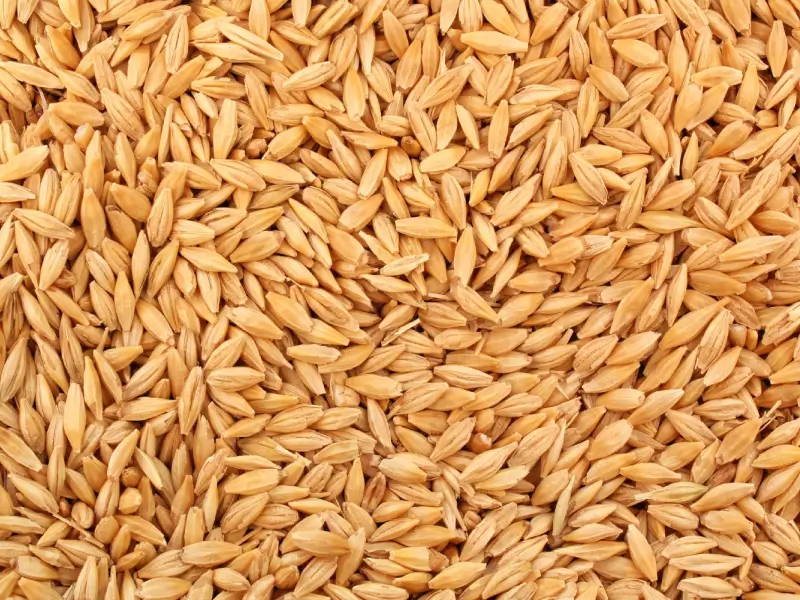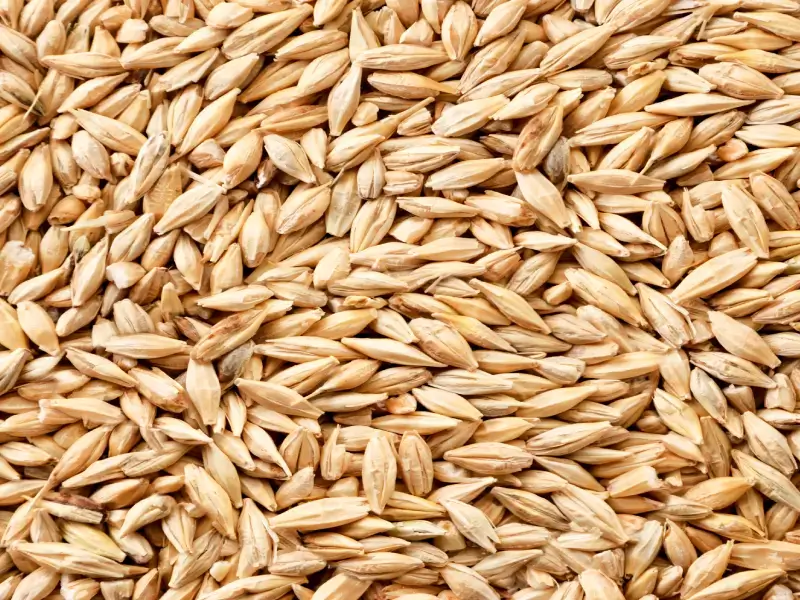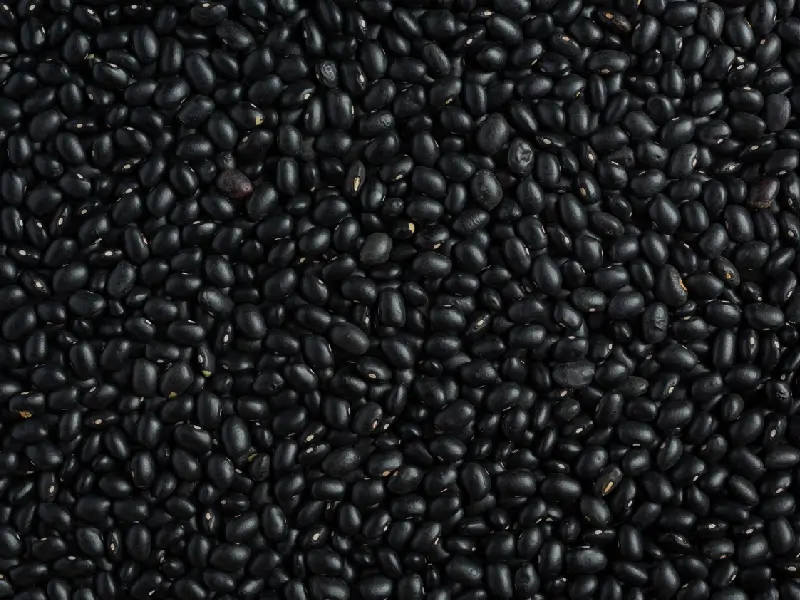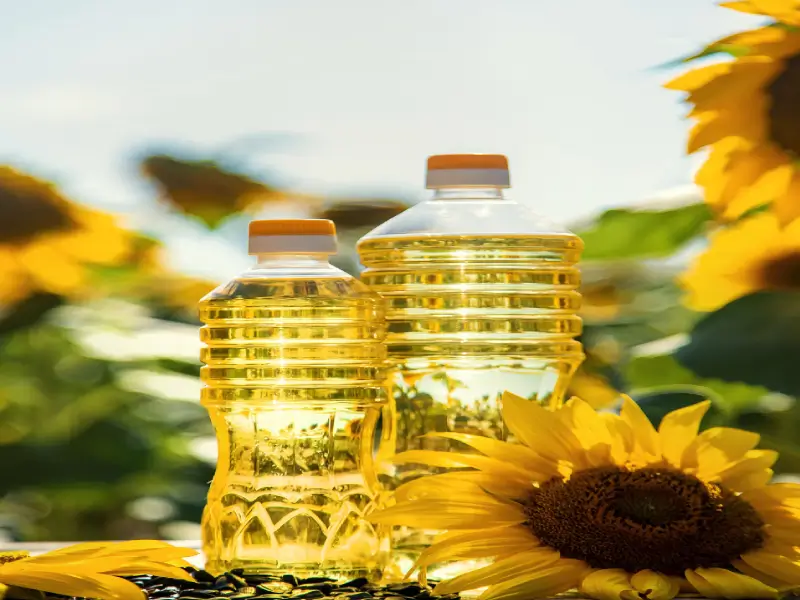Sesame is the oldest indigenous oilseed crop in India, known by various names across different regions. It requires an optimum temperature between 25 - 35 degree C for optimal growth, with extreme temperatures leading to reduced oil content and yield.

White Seasame Seed

Corn
Corn, known as the "queen of cereals," has the highest genetic yield potential among cereals and contributes to 36% of global grain production, cultivated in diverse agro-climatic conditions across 160 countries. In India, corn contributes nearly 9% to the national food basket, generating over Rs. 100 billion to the agricultural GDP.

Soybean Meal
Soybean meal is the primary protein source for farm animals, representing two-thirds of the global protein feedstuffs output and setting the standard for plant protein sources. Its production surged in the mid-1970s and early 1990s due to increased demand from developing countries and the expansion of aquaculture.

Wheat
Wheat grain is a major staple food globally, providing about 20% of food energy and protein, with a significant portion, 16.7% of worldwide production in 2007, used as feed for farm animals. The inclusion of wheat in animal feeds is influenced by market prices of major feed grains

Barley
Barley is a significant cereal crop, ranking fourth in global grain production behind maize, rice, and wheat, with 150 million tons produced in 2009. It has a robust fibrous root system, with deep-rooted seminal roots and adventitious roots exploring the upper soil for moisture and nutrients, supporting its growth up to 50-120 cm in height.

Yellow Peas
Yellow pea, belonging to the species Pisum sativum, is a cool-season crop grown for its mature dried edible seeds, marketed whole, split, or ground into flour, with seed coat colors ranging from green, yellow, beige to dark violet. Selected varieties are consumed by humans in whole or split form, while others are used for animal feed and seed production.

Onions
Onion (Allium cepa) is a hardy, herbaceous biennial plant with an edible bulb, native to southwestern Asia and now cultivated worldwide. Known for their pungency due to sulfur-rich volatile oil, onions vary in size, shape, color, and flavor, and are valued for their distinct taste despite being low in standard nutrients.

Garlic
Garlic (Allium sativum), related to onions, leeks, and chives, is commonly used for heart and blood-related conditions due to its chemical compound, allicin. While garlic is often used for high blood pressure, cholesterol levels, and arterial health, scientific evidence supporting its efficacy for these uses is limited, and its use for COVID-19 lacks substantial evidence.

Coffee Beans
A coffee bean is the seed of the Coffea plant found inside the red or purple fruit, often called a coffee cherry, and is a major cash crop accounting for over 50% of some developing nations' foreign exchange earnings.

Green Cardamom
Green cardamom, known for its eucalyptus-like floral, citrus flavor, is a highly valued spice globally, widely used in both sweet and savory dishes, and ranks as the third most expensive spice after saffron and vanilla.

Cumin Seed
Cumin (Cuminum cyminum), native to the Mediterranean region and cultivated in India, China, and Mexico, is an annual plant of the parsley family known for its aromatic seeds used to flavor a variety of foods.

Black Gram
Black gram (Vigna Mungo L.) is an important pulse crop grown throughout India, resistant to adverse climatic conditions and capable of fixing atmospheric nitrogen, providing an estimated annual supplement of 59 thousand tonnes of urea.

Green Gram
Green Gram or moong bean (Vigna radiata) is a major pulse crop in India, native to the country, with small, ovoid green beans commonly eaten whole or as sprouts in various dishes. It is a protein-rich staple food, containing about 25% protein, nearly three times that of cereals.

Sunflower Seed
Sunflower seeds (Helianthus annuus) come in three main varieties: linoleic (most common), high oleic, and sunflower oil seeds, each with distinct levels of monounsaturated, saturated, and polyunsaturated fats, with linoleic being the focus in this article.

Sunflower Oil
Sunflower oil, pressed from the seeds of the Helianthus annuus plant, is rich in linoleic acid, an essential fatty acid. High-oleic acid sunflower oil is derived from plants bred to contain high oleic acid and is used as a source of polyunsaturated fat.

Palm Oil
Palm oil, derived from the fruits of the oil palm tree (Elaeis Guineensis), is the most widely-used vegetable oil globally, found in about 60% of all packaged supermarket products. It enhances the texture of items like cookies for a crispy finish and contributes to the smooth consistency of margarine.